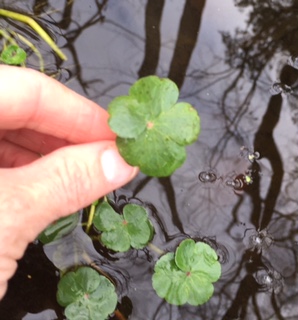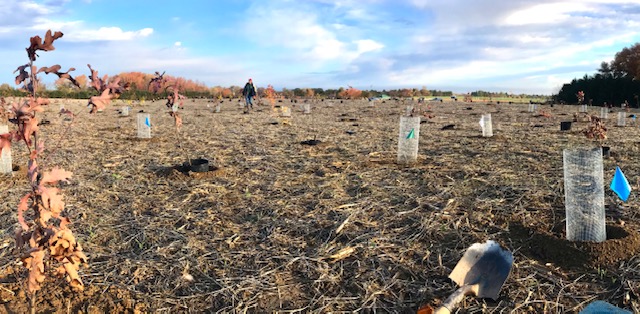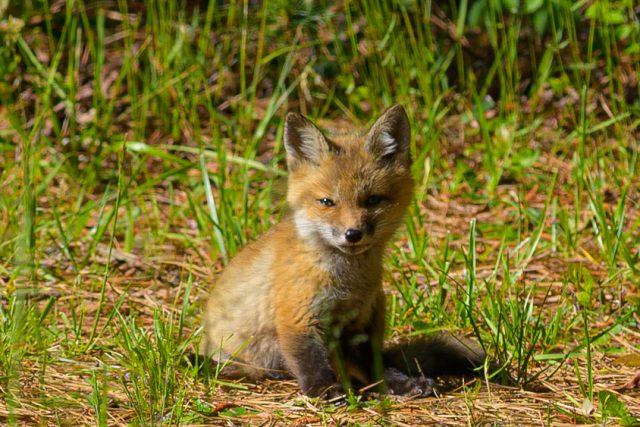I never liked science. Dissecting critters—gross. Learning scientific classifications—yawn. Memorizing the periodic table—Thirsty Thursday, anyone?
So why would I want to become a naturalist?
It probably started with A Sand County Almanac. Followed closely by Desert Solitaire. Most recently, Braiding Sweetgrass. Through words, these naturalist/authors opened my eyes. So although I worried I’d be expected to memorize the scientific names of plants and animals, and identify trees and shrubs at a glance, and tell the difference between a Sanderling and a Sandpiper, I signed up for the class. I wanted the tools to see what my heroes saw.
I was excited to be in the inaugural Delaware Master Naturalist program. It started in March 2020—that dreaded Covid spring. We got one class in before the pandemic disrupted everything. In person classes ended, the field trips postponed.
The upside—I didn’t have to drive four hours round-trip every week to get to the Ashland Nature Center. Also, I could have a beer while attending class. The downside—online learning. I empathize with school-aged students who’ve struggled through this. It is tough.
Still, the instructors did a fantastic job, engaging us through chat questions and small group activities. Virtual classes had to be difficult for them as well.
In the two-hour weekly classes, we covered a little of a lot of subjects—bugs, birds, amphibians, reptiles, native plants, watershed ecology, geology, nature sketching, field journaling, citizen science. An environmental sampler platter—no deep dives but a nibble of everything.
To graduate, we had to attend all the classes, pass a truly awful test, create and submit a field journal from a minimum of four self-guided field studies, and complete either a forty-hour volunteer project or forty hours of volunteer work. And to maintain our certification, we have to complete 8 hours of continued learning and forty hours of volunteer work annually.
The purpose of the DMN program is to educate concerned, curious citizens about Delaware’s natural treasures in hopes we spread the word and, in many cases, sound the alarm. To ensure that the trainees have a venue to share what they’ve learned, the program requires that students pair with a Local Organizing Partner (LOP)—a non-profit or governmental environmental organization. The forty hours of volunteer work must go through the LOP.
I partnered with Delaware Wildlands, whose insatiable appetite for protecting land has made them the largest non-governmental property owner in the state of Delaware. In addition to saving open spaces from development, they work hard to restore the properties they’ve acquired by planting thousands of trees, removing tons of invasive species, and reinstating traditional water flows. They are an inspiring group of dedicated, hard-working people.
As with all worthwhile things in life, there are no short-cuts. No books, lectures, or photos can take the place of spending time outside, walking slow enough to spy that wildflower hidden in the meadow, or sitting still long enough to witness the fox kits tumbling from their den. The DMN program taught me that patience, curiosity, and the ability to see are the naturalist’s most important tools.
As far as the definition of a naturalist—a student of nature—I am one. But I have a long journey before I’m a true master naturalist, if that’s ever even possible. Right now I’m comfortable with the title: Certified Wannabe Naturalist.
If you’re interested, a new DMN session is starting soon! Click here for more info!
by Jenifer Adams-Mitchell




